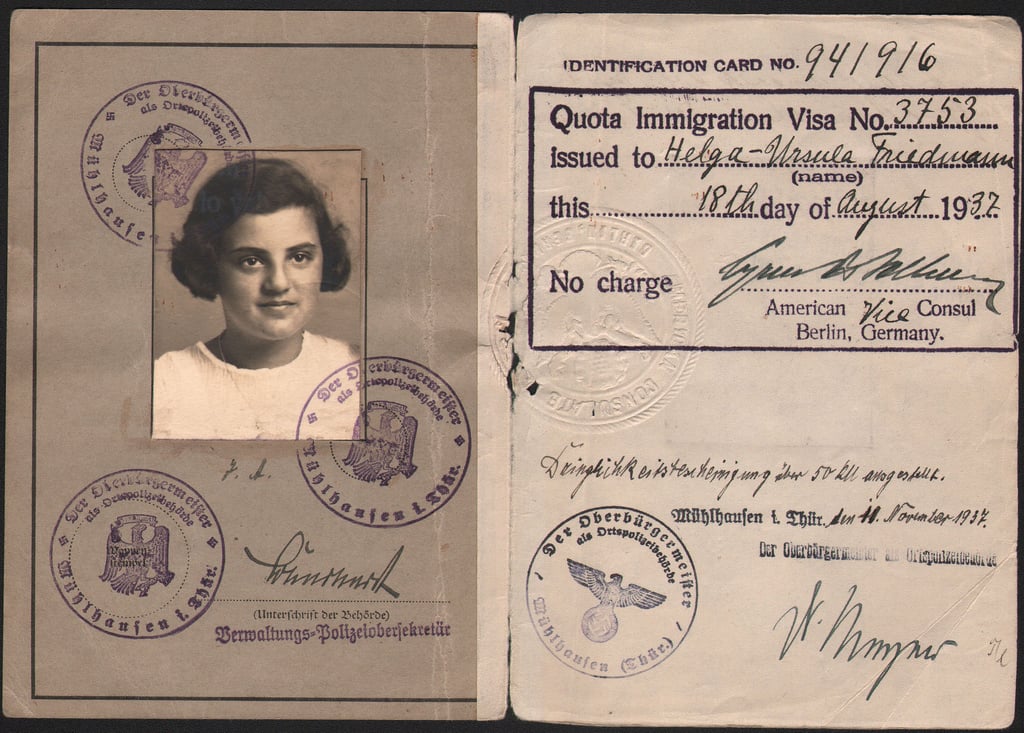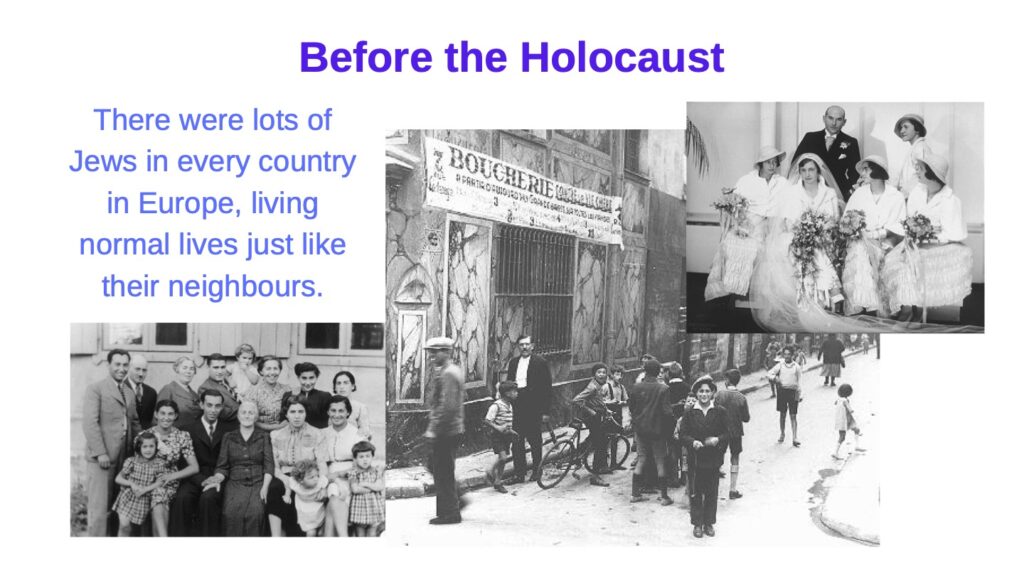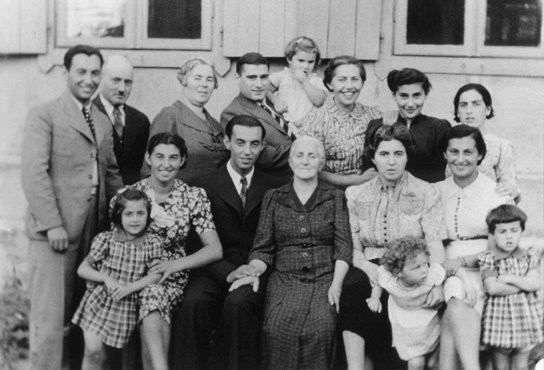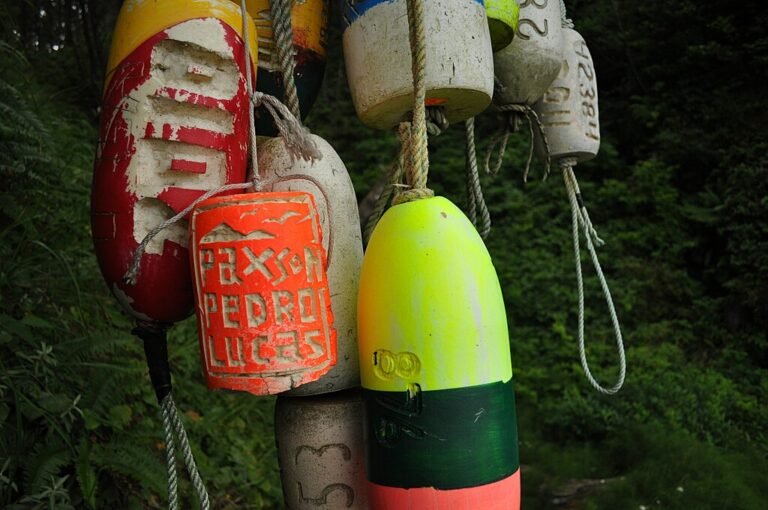Teaching the Holocaust at Middle School
This article identifies Open Education Resources (OER) that are suitable for teaching middle school students about the Holocaust.
Background
British Colombia has committed to mandatory Holocaust education for Grade 10 students from the 2025/26 school year onwards, and UVic is currently offering an online course, Teaching the Holocaust, to help prepare teachers for this requirement. As there is also scope to teach about the Holocaust within the Social Studies curriculum for Grades 6-8, several pre-service teachers from our Elementary PDPP cohort are taking advantage of this course. The resources introduced by this course are not always appropriate for use in middle school though, and so I will use my newfound skills at locating OER to help fill this gap.
Getting Started
Ontario introduced mandatory Holocaust education for Grade 6 in September 2023, and so is a good place to turn for middle school resources. The webinar below was created to support Ontario teachers when this requirement came in, and it is a great starting point for middle school teachers in BC too. The presenters suggest focusing on the age-appropriate topics listed below and give lots of guidance on how to approach this difficult subject and where to find resources.
- Jewish immigration to Canada
- Antisemitism in Canada
- Canada’s response to the Holocaust
- Canada and human rights after the Holocaust
Finding Resources
There is a wealth of Holocaust resources for teachers available online, thanks to organizations and individuals dedicated to keeping the memory of the Holocaust alive, but it is important to choose historically accurate materials.
Liberation75
Liberation75 is an organization that was set up in 2018 with the purpose of providing teachers with innovative and compelling Holocaust teaching resources. Their Educator Toolkit is a freely-available and extensive collation of vetted resources, materials, and lesson plans created by leading Holocaust organizations. It is organized by grade level to ensure age-appropriateness.
Primary Sources
It is important to use primary sources to engage students. Many pre-war and wartime photo collections are in the public domain. This photo of a young girl’s passport from the collection of The Jewish Historical Society of Greater Hartford is available through Flickr.

When using photos, it is always important to respect the victims. Ask yourself, would I want this photo on public display if it were of me? Photos of concentration camp victims are generally unsuitable for middle school grade and often dehumanize the victims. A positive way to use photos is to show the richness of pre-Holocaust Jewish life in Europe. I created the following slides using photos from The United States Holocaust Memorial Museum (feel free to use these slides without restriction):


Use Literature
Basing a teaching unit around a book is a helpful way to create structure. Two great examples are To Hope and Back by Kathy Kacer, which tells the story of the MS St. Louis through the voices of two Jewish children and the captain of the ship, and Hana’s Suitcase by Karen Levine, which details the search for the owner of a suitcase that arrived at a children’s Holocaust museum in Tokyo. Both of these books are historically accurate and age appropriate for middle school classes.


Although the books themselves are not OER, there are freely available teaching resources to support teachers in using these books in their classrooms. For example, Cindy Kozierak of CK Education Consulting has created an entire Grade 6 Socials unit built around To Hope and Back, including a unit plan, lesson plans, student activities and student handouts.
Survivor Testimony
Survivor testimony is a powerful way to personalize teaching the Holocaust. The Montreal Holocaust Museum’s website includes many survivors’ stories, such as the uplifting tale told in the following video.
Final Word
As you see, there is indeed a wealth of freely-available resources to support you if you choose to teach the Holocaust in your classroom. There is true value in bringing this difficult subject to your learners, such as the inherent lessons in the causes and consequences of prejudice and racism, and the important connections that can be made with promoting human rights and social justice in our modern world. I hope this post helps give you the confidence to tackle this important topic with your students.







